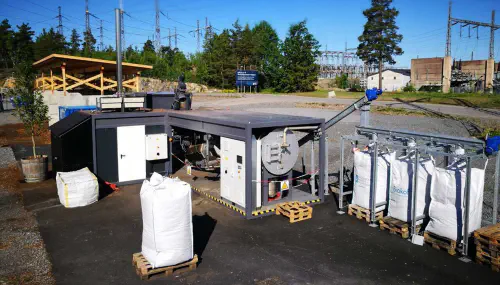
4 - Biochar product manufacturing
Once produced, biochar is used as a material, in combination with other materials, to make a “biochar product”. In other words, biochar is an input to the lifecycle of a “biochar product”, which has its manufacturing, use and disposal phases.
Beyond direct application of biochar to soils, biochar can be involved in a variety of products, in multiple industries: animal feed or food additive, manure management or biowaste treatment additive, specialised fertilisers, soil blends, filters, construction materials, electronics…
Inclusion of biochar in products leads to change in the formulation of the products. From a systems analysis perpsective, this relative change may lead to substitition of materials and shifts of environmental impacts.